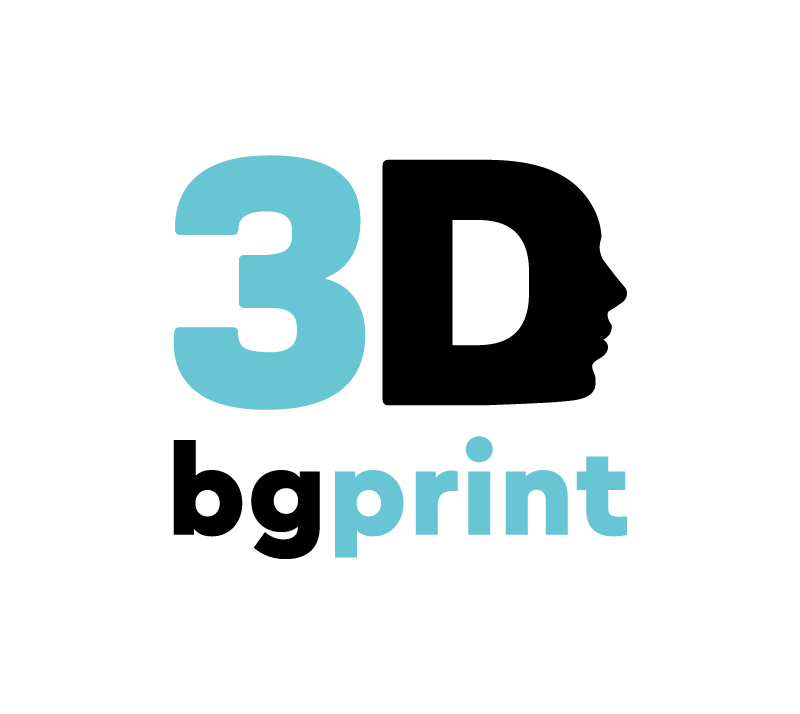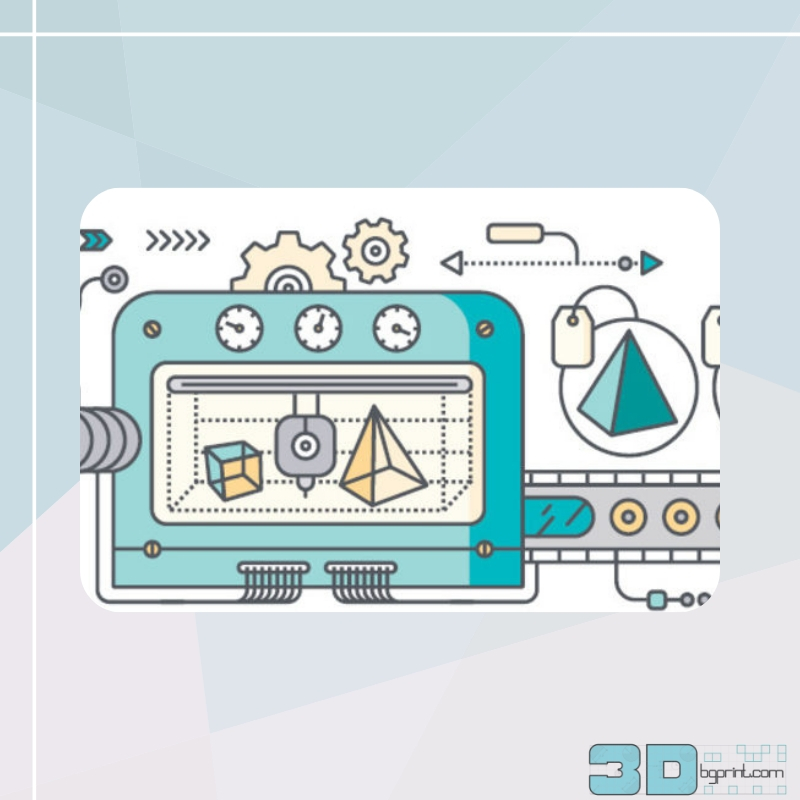Your cart is currently empty!
The potential of 3D printing exceeds the limits of imagination and possibilities in every industry. It is no exaggeration to say that in time such machines will be in every home, office, factory and construction site. And although it is a major part of the industry of the future, the technology has been used for nearly three decades by various companies to make prototypes and parts. Now we are simply witnessing the democratization of 3D printing, which will change our lives. Several trends show what a huge effect the technology will have when it enters mass use:
New and customized materials
More and more materials for printing will appear. The use of metals is already a fact (steel, titanium, gold, etc.), but more and more organic materials will be introduced for making skin and organs. Another future trend will be the use of multi-material 3D printing. But even more interesting will be the customization of the ingredients themselves – for example, in medicine. They will be able to contain drugs and antibiotics, which will be gradually released into the body.
According to Forbes, some scientists are already experimenting with using graphene, which is flexible, transparent, and 100 times stronger than steel. This could make it possible to print, for example, a Superman suit.
Local production
Twitter co-founder Biz Stone recently predicted that in ten years, Nike could be just a software company. Thanks to 3D printing, everything will be manufactured much closer to consumers, even in their homes. Small local factories will appear in neighborhoods and small towns, connected to the global network and meeting local needs. Such a development will have a huge impact on the industry and fundamentally change today’s supply chains.
“We have a vision – you make a model, you send it and it is printed directly to the relevant local market. This way it is produced more efficiently and environmentally, with less pollution, with less energy,” Shane Wall, Chief Technical Officer of HP Inc., previously told “Capital”.
Outsourcing printing
But before the total penetration of 3D printers into the home and production, the outsourcing of activities in this segment is underway. Despite the progress of technology and the decline in the prices of machines, their use is still difficult. This is where the services of external contractors come to the rescue, which are becoming faster, more convenient and cheaper to order. Some companies already offer 24-hour manufacturing and delivery after the order. Which makes smaller companies and designers not rush to purchase their own printers, but to use external services.
Nanoprinting
Another trend that could change the industry in the future, according to analyst Rick Smith, is the fabrication of micro- and nanostructures. These could include batteries the size of a grain of rice that could power small machines like medical devices and even small robots. Such a battery has already been created by a team at Harvard University using a 3D printer.
New professions
In the aircraft and automotive industries, there are more and more parts and components that are expensive and difficult to make using traditional technologies. This is where 3D printers come to the rescue. But with the advancement of technology, the need for experts – especially designers and engineers – to monitor the entire process is becoming increasingly apparent. So, the specialties in universities and schools will have to change to reflect the need for such trained personnel.
Huge environmental impact
Traditional industry often leads to pollution. In many cases, 3D printing reduces waste and harmful emissions. It extends the life of products by quickly making spare components. At the same time, through the local factories described above, the transport of products will not be long, which means fewer harmful emissions. Separately, through careful planning of production, there will be less backlogged and unsold products that then go straight to the trash. All this sounds good in theory, but according to many studies, 3D printing also has its economic disadvantages. The machines use a lot of electricity, often work with polymers and also emit harmful emissions. But as technology advances, these disadvantages will be limited.
Real-time design
Software is now available that allows users to change the design of a printed product right before it goes to the machine. For example, jewelers can change the shape of wedding rings they order through their browser, while the software calculates how their costs will change.
Growth year after year
According to the analytical company Сanalys, the global market for 3D printers and services will reach 16.2 billion dollars in 2018. The United States is the largest market, mainly due to cheaper machines and the implementation of the technology by more and more companies. At the same time, Asia is the most dynamic market in the sector. The most significant global jump is expected between 2017 and 2019, when printer shipments will double. In the consumer market, there are already thousands of manufacturers trying to sell printers under 1000 dollars. In the corporate segment, prices have not dropped much, but the devices are becoming much faster and better, and they allow the use of more and more materials. The biggest guarantee for continued growth in the industry is the presence of more and more startups – some of the most innovative companies here are young companies. Among them are MarkForge, Voxel8 and Carbon3, which are constantly introducing innovations in the machines.
Source: http://www.capital.bg/

